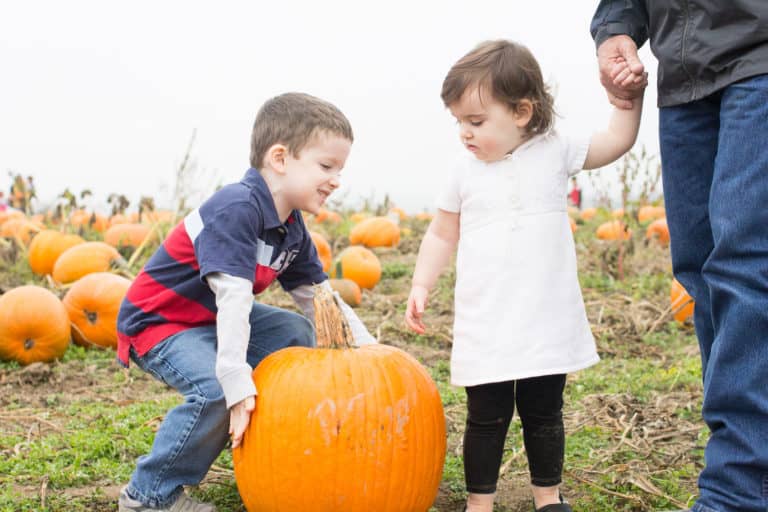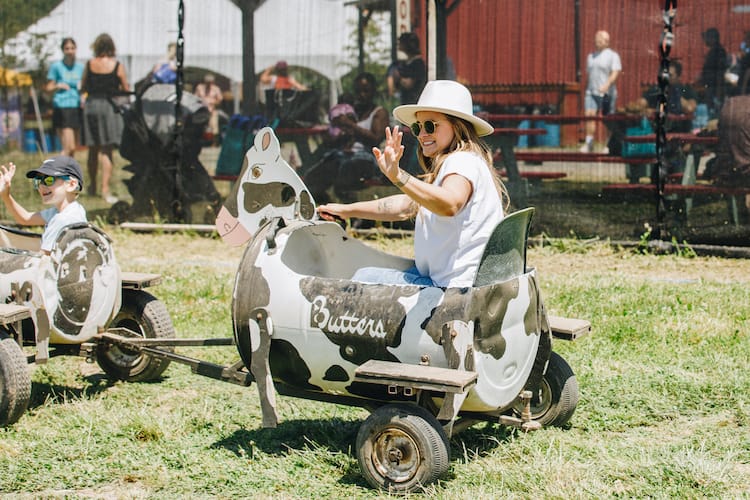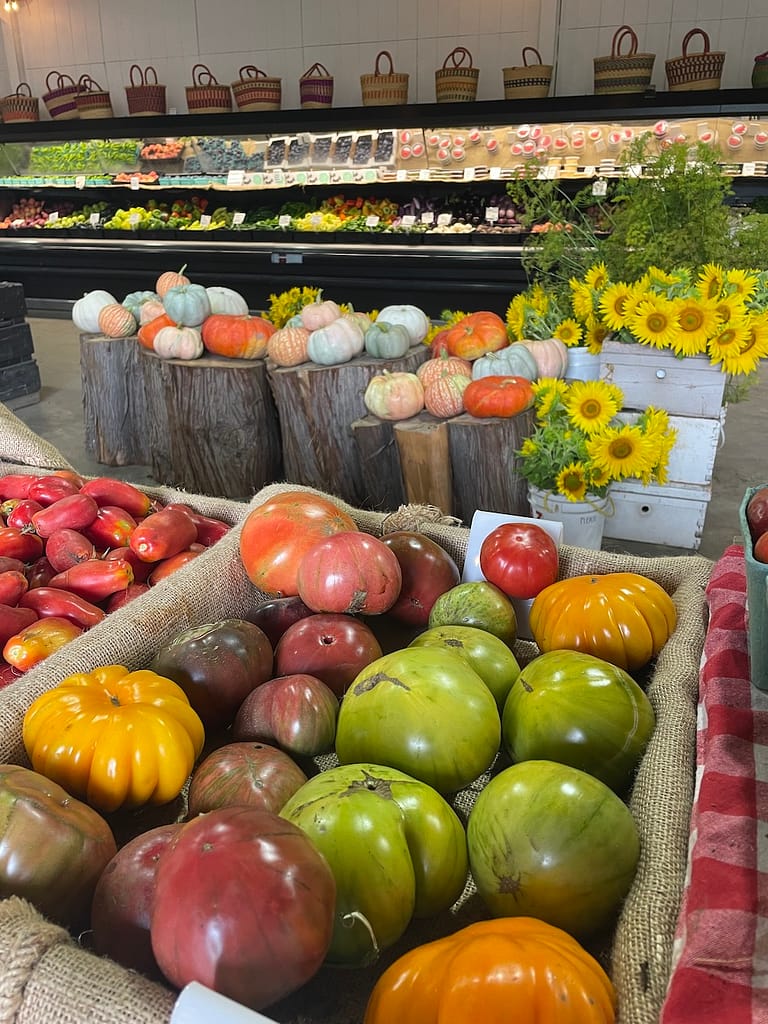Oregon’s family farms, the ones that welcome your kids for pumpkin patches, cow trains, and hayrides, are under serious threat. A new set of proposed rules from the Oregon Department of Land Conservation and Development (DLCD) could make it nearly impossible for small Oregon farms to survive — and would devastate the agritourism experiences that so many Oregon families love and rely on.

These rule changes are designed to protect farmland by clarifying regulations and making sure farmland is used for farming. You can read the drafted rules in full here, but if accepted they could have the following impact:
- Limit or eliminate “promotional events” like fall festivals, animal encounters, and live music
- Cap farm-to-table dinners — a crucial source of income for farms that prioritize sustainability over scale
- Restrict prepared foods, even those made directly from the farm’s own produce
- Allow local governments to charge new fees and revoke permits — even from farms that have been welcoming visitors for decades
If that sounds like a lot, it is. And if it sounds like the end of agritourism in Oregon — it might be.
Why Agritourism Matters to Small Farms

Most small and midsize farms in Oregon aren’t running on large corporate contracts. They’re powered by family farmers working 16-hour days for months on end, often growing food regeneratively, organically, or without chemicals — and welcoming their communities to the land.
Without revenue from agritourism — from tractor rides, prepared food, festivals, and harvest dinners — they simply can’t compete with massive out-of-state monocrop farms. As Jim Abeles, owner of Topaz Farm puts it, “The economics of farming for small- to medium-sized farms? It’s brutal.”
Topaz grows nearly 100 varieties of produce, but that’s not enough to keep the gates open. Agritourism funds the work that makes farms like theirs sustainable — both environmentally and financially. As owner Kat Topaz says, “When you buy a ticket to a farm to plate dinner, you’re the reason we can pay our field workers a living wage.”
Farms like Topaz aren’t tourist traps — they’re working farms. They supply pumpkins to local breweries, and grow Oregon marionberries that end up in award-winning ice cream and gelato across the city. Families shop for fresh strawberries and kale at their farm stands and make lifelong memories in their fields. It’s the convergence of agriculture and community that makes these local farms such a special part of Oregon.
What Opponents Say
The DLCD, with support from advocacy groups like 1000 Friends of Oregon, says they’re protecting farmland by restricting “non-farm uses.” They worry that too many events or prepared food sales could shift the focus away from farming itself.
“We are concerned that ambiguities in the current farm stand rules allow many Oregon farm stands to become boutique grocery stores, restaurants, and destination entertainment venues only incidentally related to agricultural products grown by the farm stand operator and their neighbors,” writes 1000 Friends of Oregon, in support of the proposed rule changes.
The confusion lies here: Oregon farmland is already protected by law. Landowners are required to actively farm it. These well-intentioned rules simply change who can afford to keep farming. Without the ability to diversify their income through agritourism, many small farms may be forced to sell to larger operations — often out-of-state corporations that grow a single crop and don’t open their gates to the community.

Family farms are already disappearing.
In the last five years alone, Oregon has lost approximately 2,100 small farms. If the DLCD rules are adopted as rewritten, even farms with long-standing farmstand permits like Topaz might not make it. As Kat says, “We’re the lucky ones — and we don’t know if we’ll survive.”
In a recent plea for support on social media, Kat and Jim asked, “Who benefits if small to medium-sized farms go under? Who benefits if you can’t go to u-pick or pumpkin patches or enjoy fall harvest activities? If your school can’t have a field trip and your kids can’t pet a goat — why is that under attack?” The local response has been swift and supportive, but with a decision deadline looming on July 25, the outlook feels uncertain for small farms that depend on agritourism to stay afloat.
What You Can Do
If you want your kids to keep riding cow trains, if you want your school to keep visiting pumpkin patches, if you want your family to enjoy fresh produce, grown by people you know — there are ways to make your voice heard.
📬 Email your thoughts to DLCD regarding draft rules: farmforest.comment@dlcd.oregon.gov
📬 Contact Governor Kotek or your local legislators.
This is a developing story, read the latest here.
